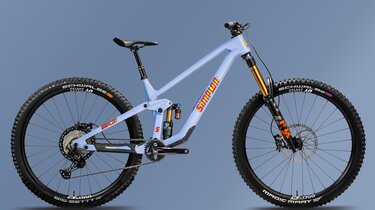Tuning tips with Markus Kaufmann
|Simplon Riders,Know-How
Markus Kaufmann, poster child of Team Texpa Simplon, doesn’t leave anything up to chance – much less when it comes to his bike. And he shared his tuning tips with us!










